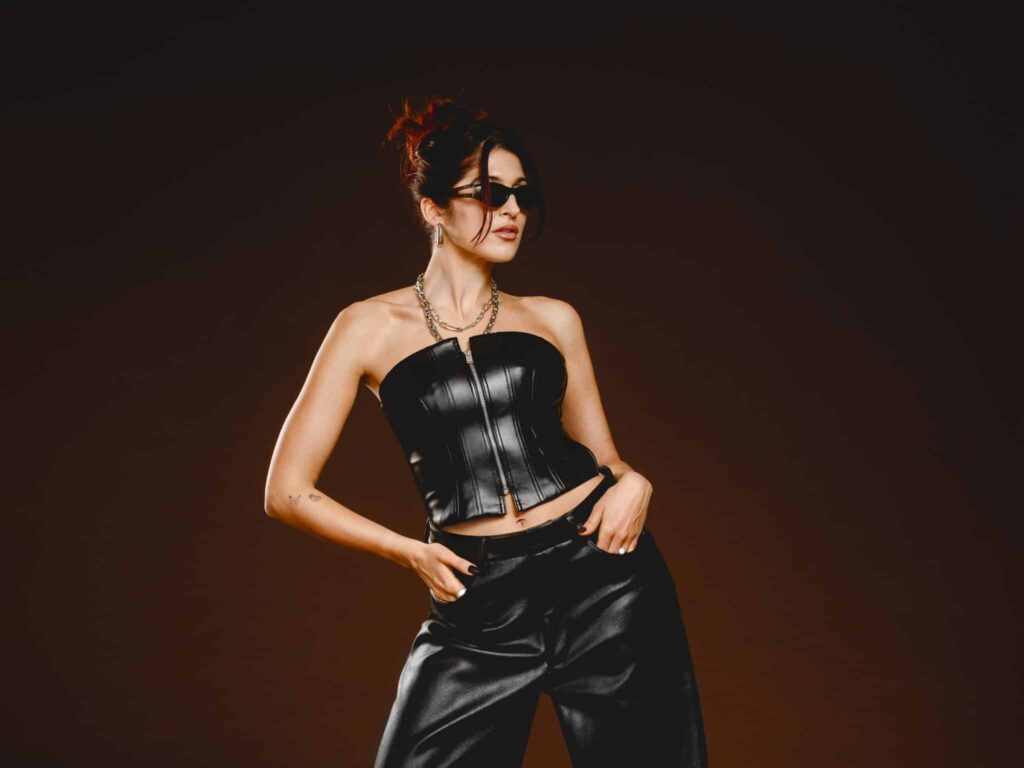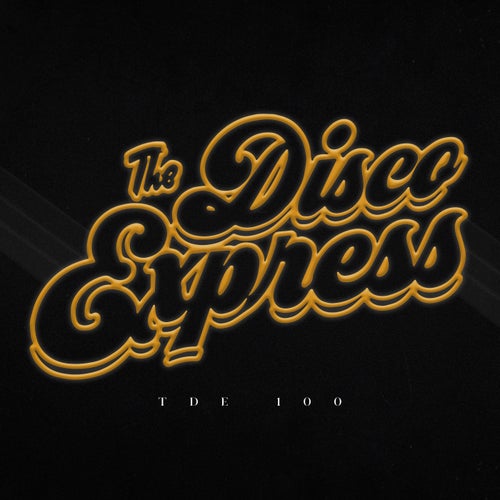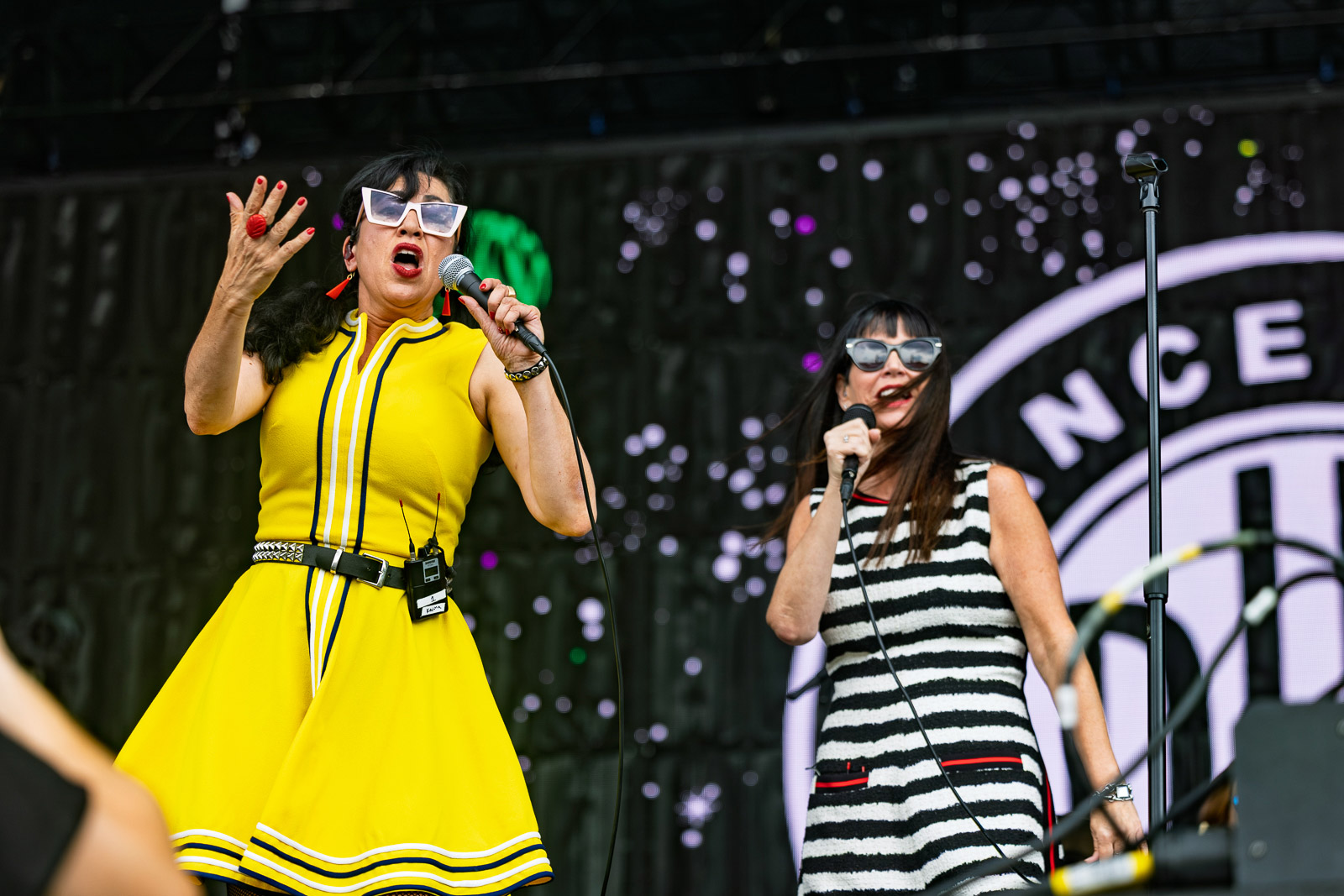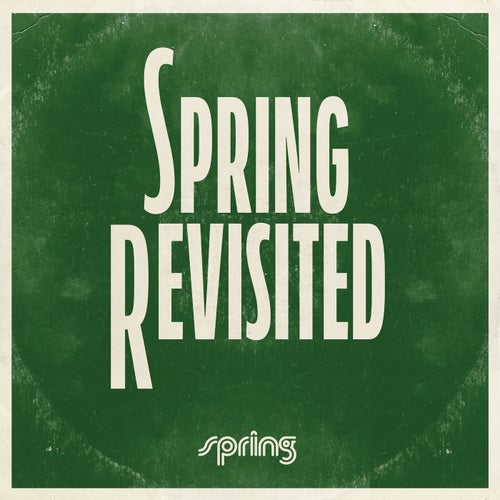

Photography by Lene Nordfjord
Translated from Norwegian, ‘yndling’ means favourite. It’s a sentiment that harks back to the cult fandoms and music subgenres of the nineties – something Silje Espevik is nostalgic for.
Across the Oslo-based artist’s unique blend of shoegaze and trip-hop, respect for the bands that came before her shines through. From Portishead to Beach House, Espevik is inspired by music that embraces feeling.
During the build up to the release of her sophomore album, Time Time Time (I’m In The Palm Of Your Hand), Espevik anticipated a shift. Time Time Time is noticeably darker than last year’s debut, Mood Booster, and its inception began with the composition of two very different tracks: “It’s Almost Like You’re Here” and the album’s Massive Attack-esque title track. “They sound very different, but I wrote both of them within the week,” Espevik says. The aftermath was an album split in two – one half focusing on shoegaze, the other reflecting her love of trip-hop and dream pop. “We wanted to really dive into two aspects of my sound that have been there from the start, but [that have] always shown up a bit more polished on my recordings. It’s taken a while to get that darkness into the recordings.”
Espevik began making music back in 2020, initially as “one of those bedroom projects” that plenty of dream pop-inspired music first grows from. By 2021, she had released her first official single. “I released a few songs on SoundCloud first, just demos, and then this small Italian label got in contact and it really gave me the confidence to properly try,” she explains. That newfound confidence led to a self-titled EP in 2022, last year’s debut album, and now Time Time Time. Yndling jokingly describes her new album as ideal for “going for your mental health walk,” especially as winter beckons. “Winter here in Norway is just so long. So you need to get out in the afternoons to not go crazy.”
Get the Best Fit take on the week in music direct to your inbox every Friday
Speaking from Oslo, Espevik clarifies that although her sophomore album has its two distinct halves, she understands them as “very much connected.” Time Time Time aims to capture “the different interpretations we have of relationships from different sides, and all the different roles we have in different phases in our lives... I don't know if everyone would agree, but to me trip-hop and dream pop and shoegaze […] it’s all very much intertwined and they give me the same feeling. For me, feeling with music is what gives you the sound. So we wanted to sound coherent, and I think it does because everything is rooted in my songwriting.”
While the core of Yndling’s creative process remains the same – principally producing all her demos in her home studio – she admits that she and co-producer Adrian Einestor Sandberg have become “a bit more inventive.” For Mood Booster, all twelve songs were produced in the studio over an intense one-week period, and ultimately finished up at home. “Now we’ve kind of allowed ourselves to learn as we go, so we [won’t] be as bound… We’ve allowed ourselves to kind of go back and forth a little bit and to learn a lot whilst we recorded and not be scared to go back and change things, even though they’re done. So I ended up sounding less polished, which was my wish. I wanted an album that sounded a bit raw in a way.”

That creative flexibility didn’t make the recording process any less intense, though. Finishing the album during a heatwave in a small home studio attic in Oslo, Espevik felt the pressure. “It’s always such an intense moment when you have to listen to the album and be like, oh my God, are we really done? It’s like you doubt yourself and everything. So that was a very heated two weeks. Literally – a very, very hot summer – and also a very heated argument: if it was good enough, if we should change things.”
Espevik is most passionate when talking about her influences. She credits Beach House, specifically their album 7, for introducing her to dream pop. “That kind of introduced me to the nineties genres because I looked at who they said they were inspired by… What I love about shoegaze and dream pop and trip-hop is that it allows you to make a lot of noise and you can be really quiet at the same time. So for me, because my vocals are kind of whispery and I’ve always had a very soft singing voice, it was so cool to feel that I could really make a lot of noise with the guitars and everything whilst being quiet.”
She goes on to describe her love of lyrics, specifically lines that avoid directly telling listeners how to feel. The “existential angst” embraced by dream pop and shoegaze encourages “this release, without telling you you should feel exactly this.” It’s easier to put yourself into the ambiguity of feeling when “it’s all a bit hidden.” This fluidity of emotion and identity is a notable theme throughout Time Time Time. The sometimes unclear roles we play in relationships find themselves explored throughout both halves of the album, from ethereal “Even if it’s a Lie (I Don’t Mind)” to Espevik’s contention with change in “You Know I Hate It (How The World Moves On)”.
Get the Best Fit take on the week in music direct to your inbox every Friday
“I used to think that I would arrive somewhere in life, and then when I got there I was kind of finished and I wouldn’t have to work on stuff,” Espevik tells me. “Your relationship would just be unproblematic and everyone would stay friends and you would just have arrived and everything would be good. So it’s kind of that realisation that you never really arrive and you have to keep working on your relationships and constantly keep up with everything.”
The aesthetics and sounds of the nineties, and its subgenres, have had a big impact on Espevik. That nostalgia feels present throughout Time Time Time, even if there’s also just as much reinvention present throughout each track. Yndling recalls watching old Mazzy Star and Portishead television appearances on YouTube, her main port of call for music discovery. These live sessions proved striking for several reasons. “When you look at the concert crowds from the nineties there are no phones… that’s definitely something I wish we could have now.” She adds that “sometimes when I look at old performances, it seems like something most people would come across or enjoy because it was televised and people would actually watch television. But now we're more in our own spaces of the Internet. So things that I think are widespread, many people haven’t heard about.”
Besides her love of alternative nineties scenes, Espevik also highlights Erika de Casier and Geese as contemporary, non-dream pop artists that inspire her. Deep down, though, she longs for a more analogue method of discovering and falling in love with new artists. “I remember my dad told me this when I was younger… he said that when he bought an album, he would buy an album because he liked one of the songs and he heard it on the radio, but then he had to commit to the album because he’d spent all his money… so he would actually have to listen. And now I feel like people don’t really attach the same bond towards artists. Like they can love a song and have no idea who made it. People had more attachment to music they consumed.”
At the time of our conversation, Espevik is about to head out on a European tour, and she explains how she was previously “scared about playing live because it feels very vulnerable and it’s also sometimes a difficult music to translate into a live setting. But we’ve gotten to play so much this year and I’m very excited… This is our first headline tour, which means that people that come to the show actually want to see me and my music, so that’s really cool.”
It’s undeniable that Espevik is feeling more confident about the shifts her sound is experiencing thanks to Time Time Time. While her sophomore album has a darker edge, it simultaneously maintains a level of playful experimentation and sincere respect for the shoegaze and trip-hop artists that first inspired Yndling. “I want to push boundaries a little bit more,” she says. “That’s what I want to do with my music going forward: make a new sound, not just a replication of older sounds.” Espevik’s focus has always been conveying the complexities of her own emotions in a way that resonates. Dream pop just gives her the perfect set of tools to do so.
Time Time Time (I’m In The Palm Of Your Hand) is released 6 November via Tiger Records

 2 weeks ago
10
2 weeks ago
10


















 English (US) ·
English (US) ·